
Green Heron ID and Life History
The green heron (Butorides virescens) formerly known as the
green-backed heron and little green heron, is a wading bird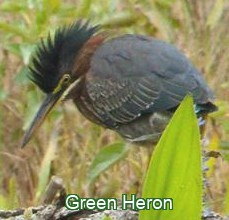 from the Ardeidae family (herons, bitterns) and is one of the smallest herons in
North America at only 18" long and 26" wide.
from the Ardeidae family (herons, bitterns) and is one of the smallest herons in
North America at only 18" long and 26" wide.
It's kind of stout and pudgy with short legs, but what it lacks in stature it makes up for in colorful plumage.
Green Heron Plumage, Field ID, Voice
Adult plumage consists of dark chestnut on the sides and back of neck, blue-gray and green upperparts with greenish-black crown feathers.
Throat and underside of neck is white. Males in breeding plumage will have bright orange legs, otherwise are dull yellow.
Juvenile birds lack the green and blue feathers, will be mostly brownish above and heavily streaked below.
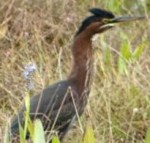 Displays:When alarmed its crest will raise and look like an 80s punk band mohawk, but
more shaggy than stiff; it will stretch out its neck and shake its tail.
Displays:When alarmed its crest will raise and look like an 80s punk band mohawk, but
more shaggy than stiff; it will stretch out its neck and shake its tail.
Some beginning birders get thrown off with ID when they've only seen the Green Heron with it's neck tucked in, as in the above photo. When they see this bird again with it's neck extended, they think it's another species.
Voice: Loud, sharp kyowk, skewk, skyow or several cucks.
Green Heron Habitat, Diet, Nest, Eggs and Nestling
Usually found solitarily along forested streams, ponds, marshes, swamps and lakes.
Green herons will eat insects, terrestrial and aquatic invertebrates and fish.
If trees and shrubs are available, it will nest preferably 10-20 feet above ground, otherwise in emergent vegetation. They will lay between 2-4 greenish/bluish eggs and incubate them for 21-25 days. Nestlings will fledge the nest in 34-35 days.
Interesting Behavior
Green herons are tool users and have been observed bait fishing.
They use various bait items such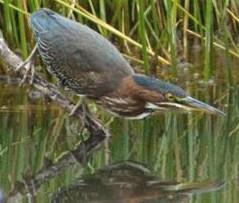 as
berries, twigs, live insects, discarded food items from people and drop it in
the water.
as
berries, twigs, live insects, discarded food items from people and drop it in
the water.
They then wait for a fish to come along and take the bait and then snatch it up! If you have the time, watch a heron for awhile while it hunts. You never know what interesting behavior you may witness.
Green Heron Uses Damselfly As Bait
This video shows a green heron that catches a damselfly and rather eating it, uses it as bait by casting it over and over again like a skilled fly fisherman:
Green Heron Uses Bread As Bait
Here is another example, but this shows a successful fishing attempt of a green heron using pieces of bread for bait:
We were sent the following question and the green heron photos displayed on this page from a Birdwatching Bliss visitor:
Q: "I took these pictures and many more at a wetlands area in Boone, NC. The bird was walking around from one water hole to another. It never tried
to fly. As you can see in one picture it caught a fish. At times it stretched its neck out.
I have tried sites to identify this bird but have not been able to on my own so I am looking for help." - Steve from Boone, NC
A: As you can see Steve, we used your photos to generate our green heron bird identification page. If you have any further questions, let us know.
Bird Identification - Tips for identifying birds and for submitting your questions.
Related Bird Identification Pages
|
Our Favorite Bird Watching Binoculars, Squirrel-Proof Feeder & Hummingbird Feeder Read Our Reviews: |
||
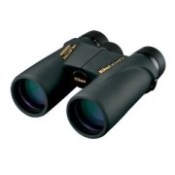
Nikon Monarch M5
Best mid-priced bird watching binoculars. Waterproof, shockproof, multi-coated ED-Glass. |
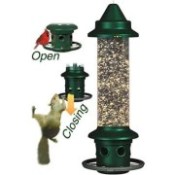
|
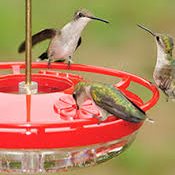
Best Hummingbird Feeder
Drip-Free, Ant-moat, Durable, Easy to Fill and Clean. |
| Click Images or Links To View More Info | ||